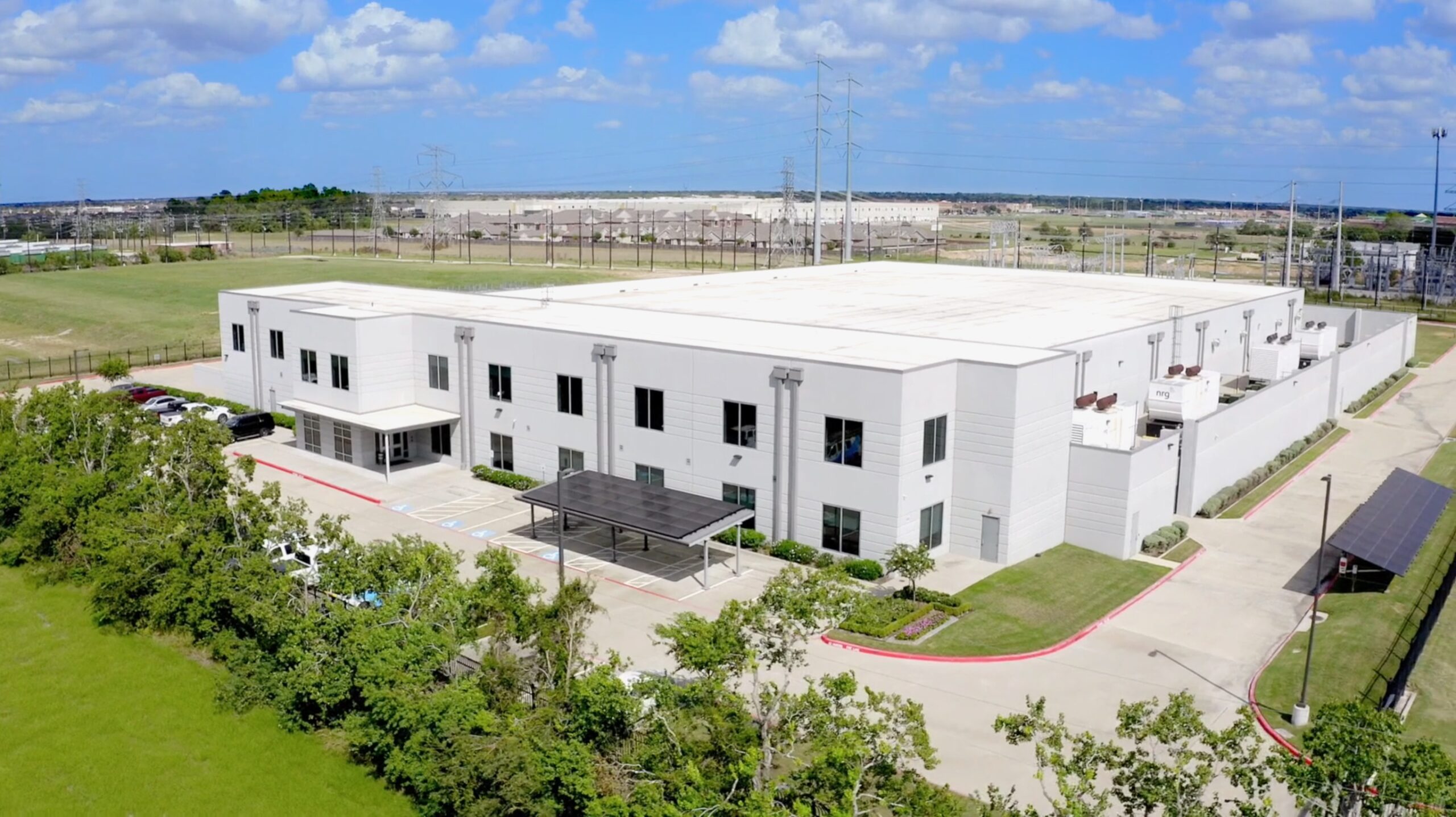When I joined CBRE’s data center solutions group in 2014, the first two projects that I was tasked to support were site selection assignments for six large enterprise data centers. Four were planned for a Fortune 50 financial services firm, and two were for a large technology company. These were large-scale, 30–150-acre sites, and both clients needed the same basic attributes:
- Abundant available power
- Dense and diverse fiber network connectivity
- Minimum exposure to hazard risks
- Multiple points of ingress/egress
- Reasonable total cost of ownership
- Appropriate zoning/entitlements

At the time, avoiding the “wild things” felt like a monumental effort with many variables to consider. Looking back on it, that search feels tame compared to the highly competitive and “wild” environment we are currently seeing today.
Over the next 18 months, my CBRE team, led by Brant Bernet and Chris Herrmann, would go on to solve for these requirements. At the time, these were some of the largest data center land searches occurring in the country. While several hyper scalers were quietly deploying across the country, cloud computing was an up-and-coming concept; many enterprises had just dipped their toes into the water.
Just seven years ago, in most major markets, power was widely available, and most states offered ample capacity on the grid. It was possible to identify multiple sites that fit all the above criteria in a wide array of markets. Today, those facts have changed, and good sites are much harder to find.
Site selection is all about running an efficient process and ensuring that you are buying a site that will ultimately serve your needs in the near and long term. Missing a key factor can spell doom for the viability of a site and project as originally planned.
Hazard risks are the first and most obvious component to focus on. Being in the 100 or 500-year floodplain or near a liquefaction zone can create serious water exposure issues for data centers. Immediate adjacency to a mining operation or concrete plant can mean heavy particulate exposure for an operator’s mechanical gear. Understanding the risks and the tolerance of a given user to those risks is key to a successful project.
Avoiding the “wild things” is always the best bet when possible; however, when you look at some of the biggest data center markets in the country (Northern Virginia, Santa Clara, Chicago, New York), you’ll find that sacrifices must be made because of the scarcity of available sites and available power.
The COVID-fueled industrial boom, primarily driven by surging e-commerce demand, has led to distribution centers, cold storage, and last-mile delivery facilities growing at an unprecedented rate. Land costs in many primary markets have nearly doubled in an 18-month period for both exceptional and even sub-par industrial sites due to sheer demand.
Data center users and operators, who are typically allowed “by right” into industrial areas, have watched the “see-saw effect”: exceptional land availability continues to diminish substantially. In contrast, the cost of land has soared. Pair this trend with the unprecedented growth of self-owned and operated cloud computing facilities across the country. It could be argued that there is no hotter commodity than a prime piece of data center land. In Northern Virginia, data center land prices have skyrocketed to $2M-$4M per acre.
As development progresses, the impact of these market dynamics will include:
- More and more sites will be selected for data centers with a previously untenable number of issues. The impact of those challenges will be known with time.
- Power and fiber access will dictate performance in the market because the timeline to improve large-scale utility infrastructure has long lead times, and carry costs are now more significant.
- There will simply be fewer great sites where the “wild things” aren’t. In fact, these sites will command a premium in the market.
As the industry continues to grow at an exponential rate and an increasingly urgent pace, utility acquisition, hazard risk assessment/mitigation, zoning, entitlements, and development execution are growing in importance on a parallel path. The data center industry will see a wide array of technological advances and architectural and design efficiencies in the years ahead as good sites become increasingly scarce across the US and in many parts of the world.
Haynes Strader is the chief development officer at Skybox Datacenters






